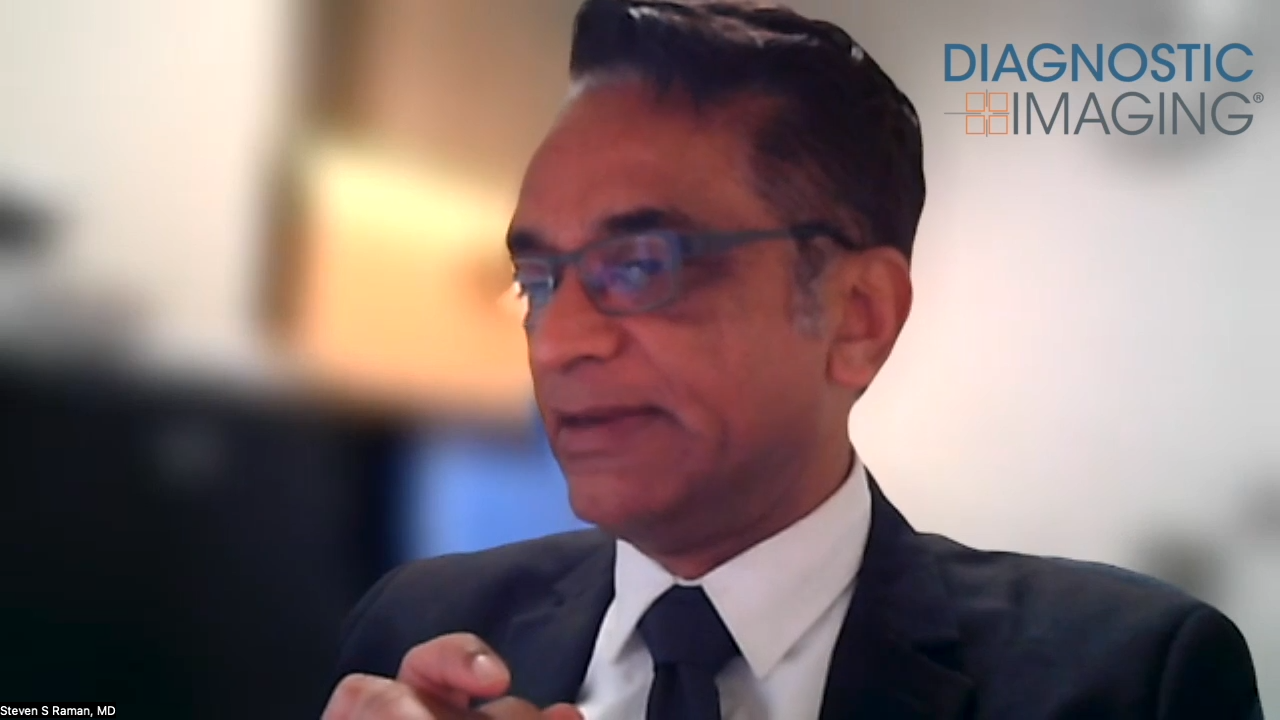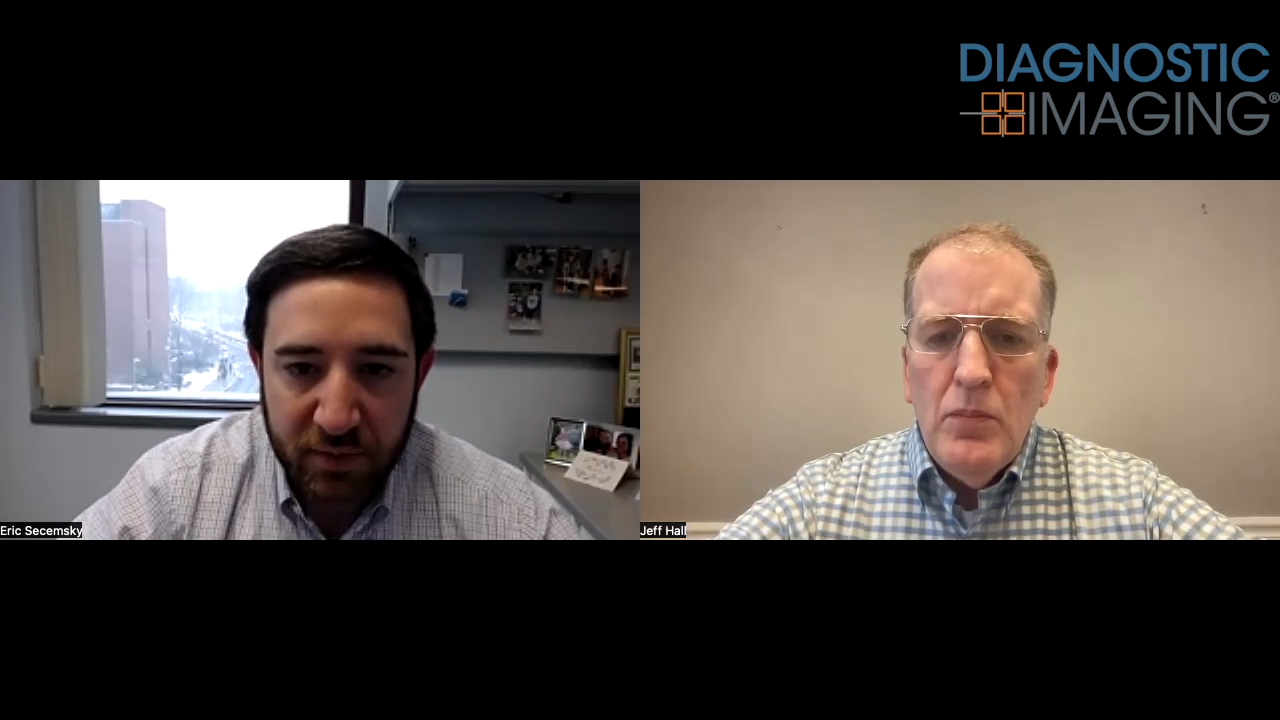Report from ACRIN: Breast ultrasound boosts detection rate but lowers specificity
Breast ultrasound significantly increases detection of cancers in high-risk women but takes a big toll on the rate of benign biopsies, according to the initial results of a screening trial sponsored by the American College of Radiology Imaging Network and the Avon Foundation.
Breast ultrasound significantly increases detection of cancers in high-risk women but takes a big toll on the rate of benign biopsies, according to the initial results of a screening trial sponsored by the American College of Radiology Imaging Network and the Avon Foundation.
In the ACRIN 6666 study of about 2800 women, breast ultrasound increased the detection yield over mammography by 4.2 cancers per 1000 high-risk women in a single prevalence screen, said principal investigator Dr. Wendie Berg, who presented the results at a Sept. 28 ACRIN meeting in Arlington, VA.
But the increase came at a high cost, according to the multicenter study. Mammography prompted biopsies in 2.6% of cases, and 29% of these biopsies were positive. In comparison, ultrasound prompted biopsies in 5% of cases, and only 8.8% were positive. There was also an increase in short-term follow-ups due to the addition of ultrasound.
"Women contemplating breast ultrasound screening must be aware of the substantial risk of false positives," said Berg, of American Radiology Services in Lutherville, MD.
Radiologists independently compared mammography (screen-film and digital) with a specific breast ultrasound protocol performed by well-trained practitioners. Mammography picked up 20 cancers: 12 that were not seen on ultrasound and eight that were also visible on ultrasound. Median size of mammographically detected cancer was 12 mm, and three cases were node-positive.
Ultrasound picked up 12 cancers not seen on mammography, including 11 invasive findings. Median size was favorable at 10 mm, and only one cancer was node-positive.
Surprisingly, researchers did not observe any differences in performance between the two techniques in terms of breast density. Nor did they note advantages for digital versus film mammography for detection of additional cancers, though digital had slightly higher specificity.
In a press statement, fellow ACRIN 6666 investigator Dr. Etta Pisano said that based on the study results, it is difficult to determine whether screening ultrasound is worthwhile.
Researchers had hoped to see a bigger effect of ultrasound compared with mammography. Instead, the results present a mixed picture, Pisano said.
Practical obstacles also stall utilization. Median interpretation time was 19 to 20 minutes, longer than expected. Currently, access is limited, as only 35% of facilities in the U.S. offer breast ultrasound. There is a shortage of trained technologists and physicians, and reimbursement does not cover the cost of providing the practice, Berg said. Automated breast ultrasound could prove helpful, but use of this technology would increase costs of providing the service.
For more information from the Diagnostic Imaging archives:
Italian study questions breast ultrasound's value
Doppler Ultrasound predicts chemotherapy success for breast cancer
Ultrasound proves effective for axillary staging of less common breast cancer
Breast MRI outperforms mammography and ultrasound in high-risk women
College, society drop out of surgeon-sponsored breast ultrasound accreditation program
What New Research Reveals About Novice Use of AI-Guided Cardiac Ultrasound
April 4th 2025In a study recently presented at the American College of Cardiology (ACC) conference, researchers found that novice use of AI-guided cardiac ultrasound after an AI-enabled electrocardiogram increased the positive predictive value for reduced left ventricular ejection fraction (LVEF) or aortic valve stenosis by 33 percent.
The Reading Room: Artificial Intelligence: What RSNA 2020 Offered, and What 2021 Could Bring
December 5th 2020Nina Kottler, M.D., chief medical officer of AI at Radiology Partners, discusses, during RSNA 2020, what new developments the annual meeting provided about these technologies, sessions to access, and what to expect in the coming year.
New Collaboration Offers Promise of Automating Prior Authorizations in Radiology with AI
March 26th 2025In addition to a variety of tools to promote radiology workflow efficiencies, the integration of the Gravity AI tools into the PowerServer RIS platform may reduce time-consuming prior authorizations to minutes for completion.










